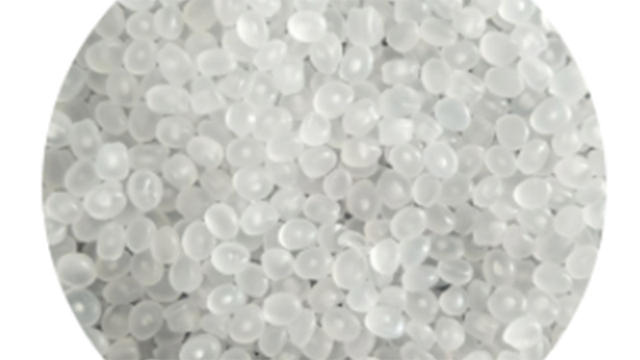The polypropylene value chain
Polypropylene (PP) is one of the most commonly used thermoplastics in the world. Polypropylene uses range from plastic packaging, plastic parts for machinery and equipment and even fibres and textiles. It is a rigid, semi-crystalline thermoplastic that was first polymerised in 1951 and is used widely today in a range of domestic and industrial applications. Today, global demand for polypropylene is estimated at around 45 metric tons and this figure continues to rise exponentially.

Propylene has PDH value chain, coal to propylene value chain and petroleum brain cracking to propylene value chain. Among them, the profit and loss of PDH industrial value chain and petroleum brain cracking to propylene industrial value chain are closely related to the price trend of crude oil.
Although propylene dehydrogenation requires a higher purity of propane than the gas separation unit of coal to olefins, the average cost of propane accounts for more than 77% of propylene, and the price of propane has the greatest impact on the PDH industrial chain. In the process of naphtha cracking, naphtha accounts for about 75% of the cost of propylene. The cost of coal in the value chain of coal to propylene accounts for about 79% of the cost of propylene.
In China's chemical industry, ethylene and propylene industry chains play an important role. Ethylene can define the key indicators of the level of the chemical industry. Propylene is an important basic raw material for the extension of the domestic chemical industry chain. With the continuous improvement of refinement rate in China's chemical industry, the market fluctuation of ethylene and propylene has also become the symbol of industry analysis market.













